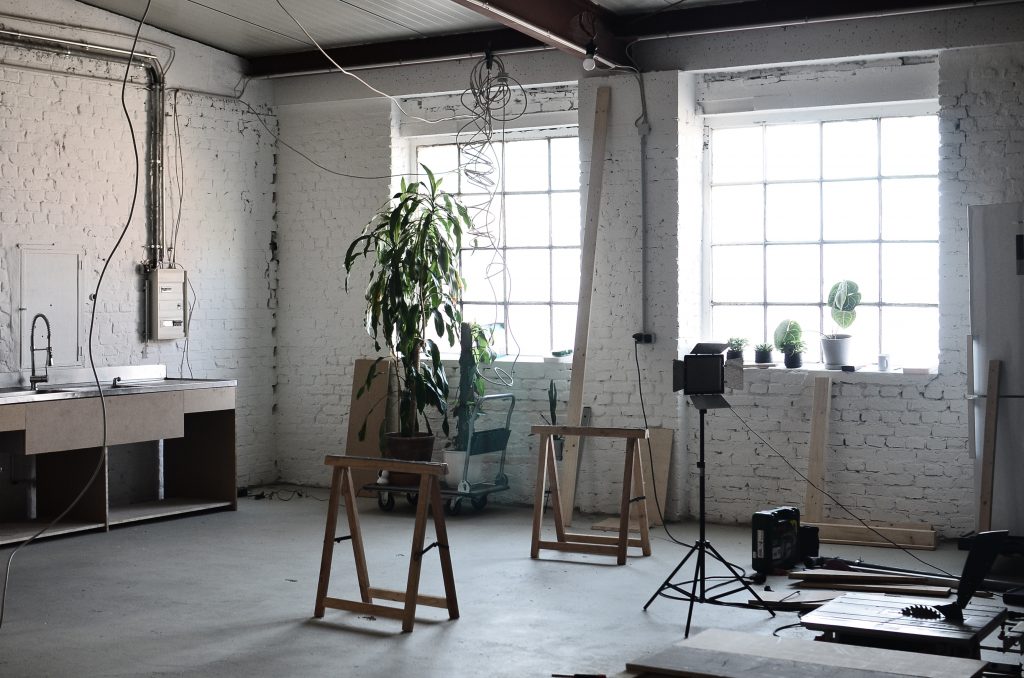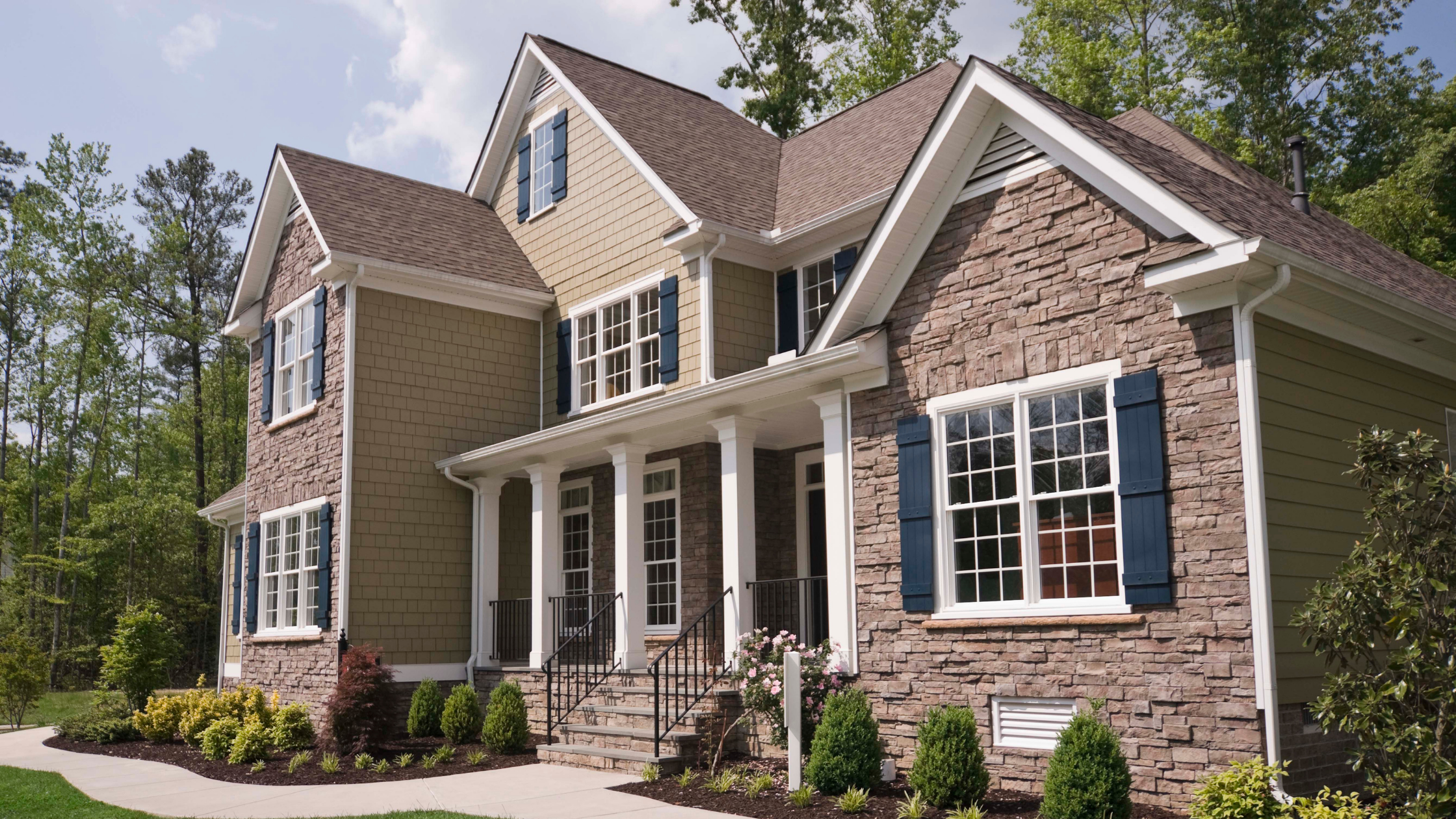What is Rehabbing a House and How Do You Do It?
February 28, 2022
Property rehabbing is a real estate practice where a real estate investor renovates a property to improve it. You can rehab a house for many reasons but it’s generally done to quickly renovate and sell the property at a higher price to make a profit, a practice also referred to as house flipping. Rehabbing and flipping can lead to high profit margins, making it a common real estate investing strategy.
While a fixer-upper usually requires only cosmetic changes, rehabbing a house is usually a complete renovation, including foundation repairs, change of electrical components. In extreme cases, the investor might decide to change the layout of the entire house.
So, how does rehabbing a house work? Here is a guide on how to rehab a house.
How To Rehab a House: The 10 Steps

Photo by Skylar Kang from Pexels
1. Property Assessment
The most important step in the entire rehabbing process is the preliminary inspection of the house. Based on this assessment, you can prepare a priority list, and further plan the rehab project accordingly to achieve maximum profits.
Real estate investors tend to hire professional property inspectors to do the assessment. These inspectors not only identify issues in the property that need to be fixed, but they also advise you on what needs to be done to make the property more valuable than before. From the AC and heating systems to the plumbing, electrical system, doors, windows, insulation, flooring, roof, ceilings, and foundation, everything would be inspected in most cases.
As an investor, taking photos and notes on what the home inspector finds will be beneficial when you are creating a rehab checklist for the project.
2. Using a Checklist
After getting a home inspection, investors should have a clear idea of what work needs to be done on the investment property. Creating a list of the things that need repairs, maintenance or renovations helps to make sure that investors don’t forget anything.
A checklist also enables real estate investors to examine the potential cost for the rehab of the house so that they can limit the budget and maximize the return on investment.
3. Creating A Budget
Setting a budget is an important step to make sure your house rehab project doesn’t cost more than it’s worth. Rehabbing a house costs on average between $20,000 to $80,000. However, the range of expenses varies based on if the investor is making cosmetic changes or structural changes. The location is also a factor that can determine the cost. Different locations impact the labor and materials available for use along with the age and surface area of the property.
Once you work with an inspector and a real estate professional to calculate the potential costs, you can use an online calculator to see how much of a profit you will make after rehabbing the house.
4. Managing Contractors
Finding a high-quality contractor will make the rehab process a lot easier for investors. Contractors are who you trust to renovate the property and depending on how well-done the changes are, contractors can save you a lot of time and money.
When looking for a contractor, consider asking these 5 questions.
- Can they provide any references for their past work?
- Will they have enough time in their schedule to complete all of the required tasks?
- Are they certified and licensed to do the job?
- What are their payment plans and options?
- Do they have a good reputation in the market?
After finding a contractor that best suits your needs, you can request a formal quote for the job to make sure it stays within your budget.
5. Obtaining Permissions
Before rehabbing a house, it’s recommended that investors get the proper permits and permissions to avoid any legal troubles. The local building department of wherever the rehab property is has all of the information needed about permissions and permits. Contractors usually also understand the permits needed when taking on a project based on the type of work that needs to be done.
6. Preparation
This is the step where investors prepare the property to be renovated. Things like broken doors, windows, fixtures should be removed along with any unnecessary items or trash.
7. The Exterior
The look of the exterior is of paramount importance when you are trying to sell or rent out a property. The exterior draws people in and the interior locks them into the sale. When rehabbing a house, there will probably be improvements that need to be made to the exterior just like the interior. Exterior renovations are mostly cosmetic and can be done typically without hiring a contractor. Exterior renovations can vary but are usually less expensive than interior renovations.
8. The Inside
Interior renovations are usually the most expensive part of the rehabbing process. Unless you are solely working on cosmetic changes to the property, it probably won’t be possible to make improvements to the interior without hiring contractors.
Usually, contractors will make repairs to things like the electrical system, HVAC system, plumbing, and improvements to the house’s structural integrity. However, all of these projects can get costly fast and can affect how much investors profit from a property. The goal of a rehab project is to maximize the value of a property while minimizing its cost.
There are many ways that a real estate investor can improve the interior of a house on a budget. Most notably with DIY projects like improving the flooring, carpeting, paint, and energy-saving additions.
9. Completion
After finishing making changes to the property, it’s time to finalize the renovations. This is where investors and a contractor can make sure that everything that needed to be improved was. Review your checklist to make sure you aren’t missing anything and the contractor will make sure that the work done is up to code.
10. Plan of Exit
Now, it’s time to put the property on the marketplace. Whether you plan to list the property online or you have people you know who are already interested, the property should be ready for potential buyers to begin viewing it.
Summing It Up
Real estate investing overall is risky and can be scary for people doing it for the first time. However, it doesn’t have to be a scary venture. Using estimates, checklists, and a thorough investing strategy can make sure that your rehab project doesn’t turn out as a nightmare. There are also real estate professionals, investors, and more who can give real estate advice that can help you avoid costly mistakes. Lastly, check out our blog post about first-time mistakes real estate investors make that can be costly.
All the best!

